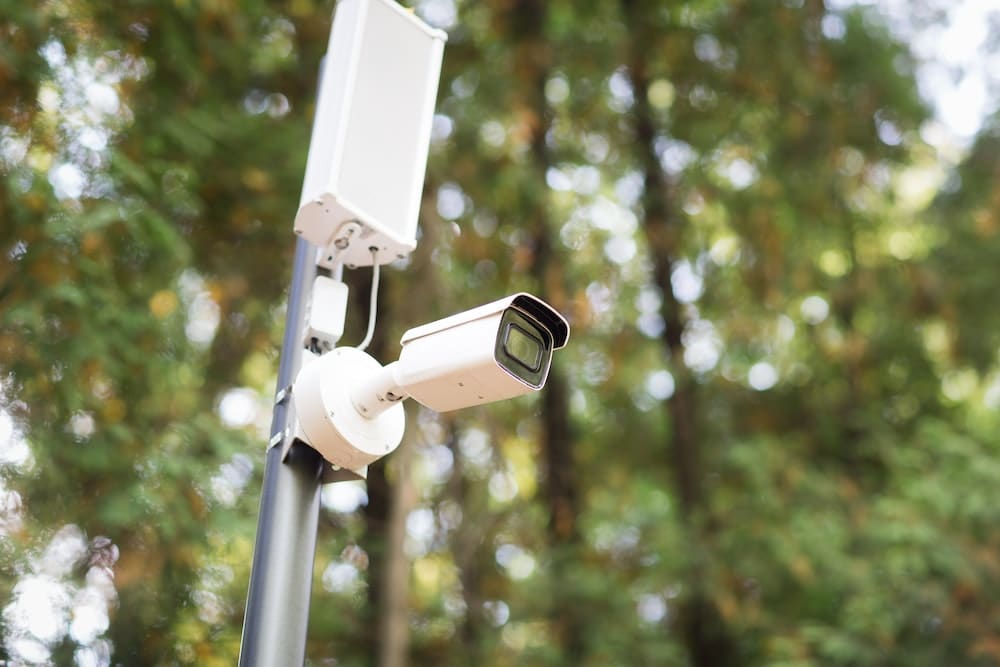As pet owners, the health and welfare of your furry friends are of paramount importance. Equally important is understanding the complex medical challenges some pets may encounter throughout their life, such as diabetes. Just like in humans, diabetes in pets occurs when their bodies do not produce enough insulin or can’t use insulin effectively. This disease primarily affects older pets, and the list of susceptible animals includes dogs and cats, among others. Monitoring and managing your pets’ sugar levels are crucial aspects of managing their diabetes. In this article, we will delve into the best practices for monitoring blood sugar in diabetic pets, offering essential information to help you care for your pets in the most effective way.
Understanding Pet Diabetes
To effectively manage your pet’s diabetes, it’s crucial to understand the disease. Diabetes mellitus, commonly known as sugar diabetes, is a condition that affects the concentration of glucose, or sugar, in your pet’s blood. This can be particularly dangerous as the cells of your pet’s body rely on glucose for energy. Insulin, a hormone produced by the pancreas, regulates the amount of glucose in the blood. When your pet’s body can’t produce enough insulin, or its cells can’t respond effectively to insulin, diabetes will occur.
A lire aussi : Which Probiotic Strains Are Most Beneficial for Dogs with Sensitive Stomachs?
The most common symptoms of diabetes in pets include excessive thirst, frequent urination, and noticeable weight loss despite regular eating habits. If these symptoms are present, it’s crucial to bring your pet to the vet for a diagnosis. The vet will conduct a blood test to determine the glucose concentration in your pet’s blood.
Regular Blood Glucose Monitoring
Monitoring your pet’s blood glucose level is an essential part of managing diabetes. Regular monitoring can provide valuable information about your pet’s insulin requirements and how their body responds to the insulin dose. It can also help identify any significant changes in your pet’s condition.
En parallèle : How to Construct a Comfortable and Secure Bracing System for a Dog with ACL Injury?
Your vet will guide you on how to monitor your pet’s glucose levels at home. Glucose monitoring for pets typically involves taking a small blood sample using a glucose meter, the same type of device used by humans with diabetes. The blood sample is usually taken from the ear, paw pad, or other site that has good blood flow. It’s advisable to test your pet’s blood sugar levels at the same time each day to achieve consistent results.
Adjusting Insulin Doses
Based on the results of regular blood glucose monitoring, your vet may need to adjust your pet’s insulin dose. This is a common occurrence, as many factors can affect your pet’s insulin needs. These can include changes in your pet’s diet, weight, and overall health status, as well as the presence of other diseases.
Your vet will provide specific guidelines on adjusting your pet’s insulin dose. Never attempt to adjust the insulin dose on your own without consulting your vet. Doing so could put your pet at risk of a serious condition known as hypoglycemia, which occurs when blood glucose levels drop too low.
Using Continuous Glucose Monitoring Devices
In recent years, technological advances have made it easier to monitor blood glucose levels in pets. Continuous Glucose Monitoring (CGM) devices, for example, use a sensor inserted under the skin to measure glucose levels in tissue fluid. The sensor typically stays in place for several days to a week before it needs to be replaced.
While CGM technology has been a game-changer for managing human diabetes, its use in veterinary medicine is still relatively new. However, its potential benefits for pets, such as minimising the need for frequent blood sampling, are worthy of consideration.
Frequent Veterinary Check-ups
Regular vet check-ups are crucial for managing your pet’s diabetes effectively. These visits allow your vet to assess your pet’s overall condition and make necessary adjustments to their treatment plan. They also provide an opportunity for you to discuss any concerns you may have about your pet’s health.
Your vet will likely recommend check-ups every three to six months, depending on your pet’s condition. During these visits, your vet will conduct a thorough physical examination, review your pet’s glucose monitoring results, and adjust their insulin dose if necessary.
By understanding and following best practices for monitoring blood sugar in diabetic pets, you can ensure that your furry friends live healthier and happier lives. As always, remember that your vet is an invaluable resource in managing your pet’s diabetes, so don’t hesitate to reach out to them with any questions or concerns you may have.
Understanding the Glucose Curve in Pets
The term "glucose curve" is a critical concept that pet owners with diabetic pets should come to understand. Essentially, the glucose curve is a graph that represents changes in your pet’s blood glucose concentrations over a specific period. It’s a vital tool that veterinarians use to assess how well your pet’s current insulin dose is controlling their blood sugar levels.
After administering insulin, your pet’s blood sugar levels should decrease, reaching its lowest point (nadir), and then gradually increase. The goal is to maintain the blood glucose levels within the ideal range for as long as possible. This range would typically be between 100-250 mg/dL for dogs and 150-300 mg/dL for cats. If the glucose curve indicates that blood glucose concentrations are consistently outside this range, your vet might advise on adjusting the insulin dose.
To generate a glucose curve, frequent blood samples are typically taken from your pet over 12 hours or more. This can often be done at home, using a glucose monitoring device, before sharing the results with your vet. However, bear in mind that stress can impact the glucose levels in pets, particularly in cats. Therefore, it’s essential to ensure your pet is calm and comfortable during this process.
Conclusion: Partnering with Your Vet for Optimal Monitoring
Dealing with a pet diagnosed with diabetes mellitus can be daunting. However, with the right guidance and the use of tools like Google Scholar and Pubmed Google for additional research, you can become well-equipped to manage your pet’s condition.
Monitoring your pet’s blood glucose levels will be a critical part of your daily routine. You’ll become familiar with glucose curves, blood samples, and possibly even continuous glucose monitoring systems like the Freestyle Libre. You’ll learn how to administer insulin doses and adjust them with your vet’s guidance based on your observations and the results of your pet’s glucose monitoring.
Regular veterinary check-ups will not just focus on your pet’s diabetes. Your vet will look at the overall health picture, considering any other diseases and how they might interact with your pet’s diabetes.
Remember, the best practices for monitoring blood sugar in diabetic pets, while comprehensive, are not static. As further research gets published and technology advances, these practices will evolve. This makes keeping open communication lines with your vet vital, as they can help you navigate new developments and fine-tune your pet’s ongoing care plan.
With these best practices and a collaborative relationship with your vet, you can handle the challenges that come with managing diabetes in pets. By being an active part of your pet’s healthcare team, you’re helping ensure they live a fulfilling life, full of all the joy and companionship pets bring.






